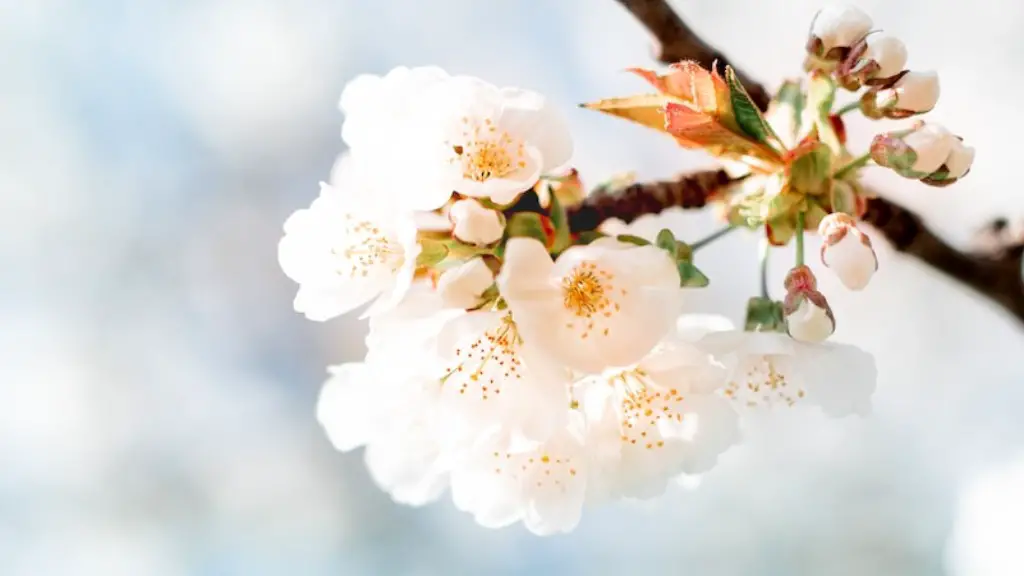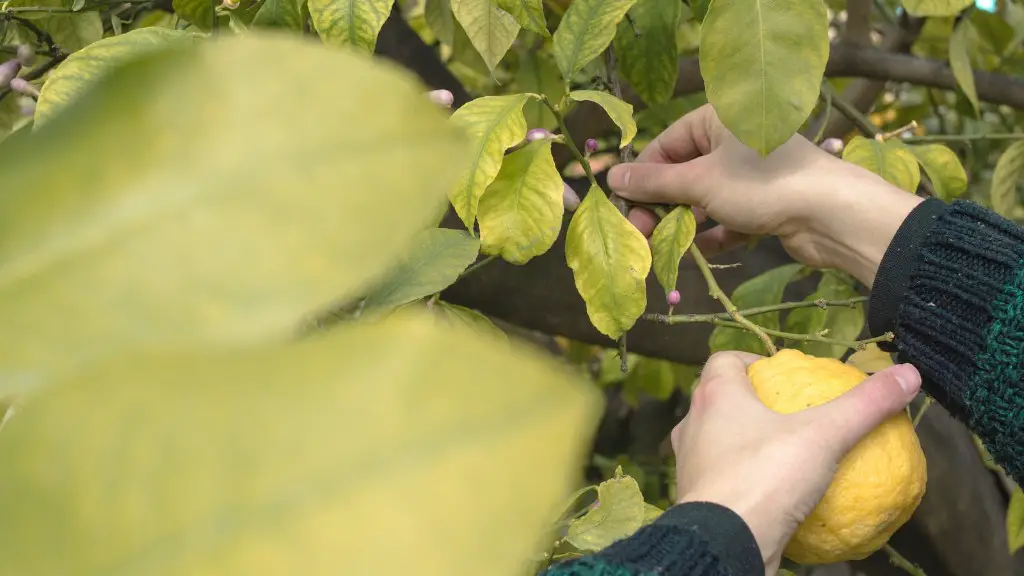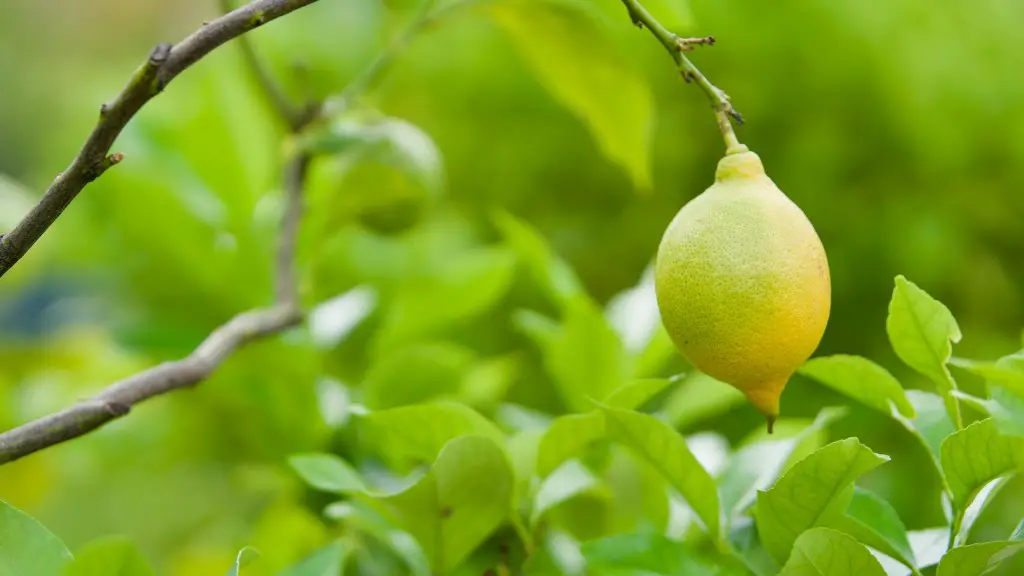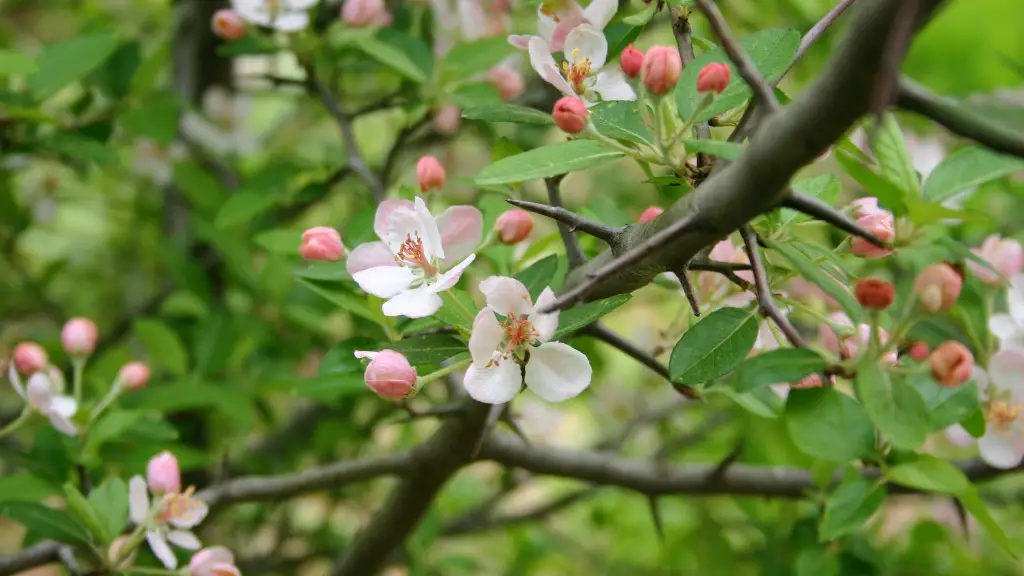Many gardeners find the leaves of their lemon tree falling off and are left wondering why. It can be concerning, yet not all leaf drop is bad. There are a few potential causes of lemon leaves falling off, from nutrition deficiencies to environment conditions to pests. Understanding why the leaves are dropping off is the key to taking action to reverse the situation.
The most common reason lemon tree leaves are falling off is due to nutrient deficiencies. While lemons trees can thrive in many home gardens, they often require extra care and attention. Check to see if additional watering, nutrients, or pruning may help both the health of the plant and the condition of the leaves.
Certain environmental conditions can also be a source of stress to a lemon tree that can cause its leaves to drop off. The amount of sunlight, temperatures, and humidity levels of a garden can all affect a lemon tree negatively, making it shed its leaves. Addressing the environment in which the plants exists can reduce the amount of leaf drop.
In some cases, pest can be causing the sudden drop in leaves. Disease, mites, or other insects can infest a lemon tree and cause leaf issues. Look for signs of insects or disease and, if found, take immediate action to remove the pests. Trusting in the help of an experienced gardener can be beneficial to address these problems.
Lemon leaves may sometimes fall off for no apparent reason. This does not necessarily indicate a problem and may be a result of the natural life cycle of the plant. Be sure to monitor the situation and take note of any changes in the health of the tree.
Nutrient Deficiencies
The most common cause of lemon tree leaves dropping off is due to a nutrient deficiency. Lacking in certain nutrients, either from lack of fertilization, inadequate water, salty soils, or over-pruning, can often be the root of the problem. An absence of one or more necessary macro-nutrients, like nitrogen, phosphorous and potassium, or several micro-nutrients, such as magnesium, zinc and boron, can cause leaves to yellow an eventually fall off.
If the leaves on your lemon tree are yellowing or dropping off, take a look at your fertilization routine. Many gardeners find success with fertilization in spring and summer to ensure their lemon tree’s soil is receiving adequate nutrients. An organic all-purpose fertilizer should suffice for most plants, though you may need to adjust the amounts for a lemon tree, which requires more nitrogen than most trees. A lemon-specific fertilizer can also help.
Check to see if additional watering is needed, as well. Lemon trees require moderately moist and well-drained soils to be successful, but overwatering can just as easily cause leaf issues as underwatering. If you have added fertilizer but the leaves are still dropping, consider the watering needs of your lemon tree.
Environmental Conditions
The environmental conditions of a garden can also be a source of stress to a lemon tree, leading to its leaves falling off. Too much or too little sunlight, extremes in temperatures, and low humidity can all lead to leaves of a lemon tree dropping off. To prevent this, look into how much sunlight the tree is getting and how much shade it is receiving, as well as the temperatures and humidity levels in the garden.
In order for a lemon tree to thrive, it needs multiple hours of sunlight a day. At least 8-10 hours of direct sunlight is ideal, so if the tree is in an area where it constantly in shade, it would need to be moved. Consider when the tree gets its sunlight and if it is properly exposed.
Also, extreme temperatures can cause leaf problems. Lemon trees do not tolerate cold weather well and need to be kept at temperatures of at least 60° F. If exposed to extreme heat, the plant may still suffer due to the heat if it does not have enough shade or if it is not receiving adequate water. Similarly, low humidity can cause issues, such as leaves of the tree dropping off. A humidifier can help bring the moisture levels up, so the ground adequately absorbs the water.
Pests
In some cases, pests may be causing your lemon tree leaves to drop off. Many insects, diseases and mites can infest the tree, from aphids to scale to sooty mold. Spider mites, in particular, can cause a lot of damage to a lemon tree and its leaves, if left unchecked. Leaves may yellow, dry up and drop off when infested with mites or other insects.
If you think insects or disease are causing your tree its leaves to drop, take immediate action by removing the pests. The steps to follow depend on the kind of pest. For example, if Scale is the issue, take a cotton swab or q-tip and dip it into rubbing alcohol, then apply it to the affected areas. Alternatively, you may need to use a pesticide or insecticide.
Though it can be daunting to diagnose a pest problem, asking a knowledgeable gardener to look over your plant can be immensely beneficial. He or she can identify the problem and help you choose the most suitable course of treatment for your lemon tree.
Natural Cycle
It is perfectly normal for some of the leaves from a lemon tree to drop throughout its life. Generally, it can be said that lemon trees shed their leaves at the end of their cycles, in order to regrow a new set of leaves afterwards. As such, the amount of leaf drops considered normal and nothing to be concerned about.
Moreover, during the natural course of the lemon tree’s life cycle, leaves may fall off even without an apparent source stress or cause. This is because the tree has aged, and the tree sheds its leaves to make way for newer ones. Monitor the situation and continue to check the health of the lemon tree though, and take note of any changes.
Nutrients Boosts
Giving your lemon tree an extra dose of nutrients can be beneficial in maintaining its health and helping its leaves to flourish. Adding an additional source of macro- or micro-nutrients to the soil or a foliar sprays can help to restore a deficient nutrient back into the soil, therefore pushing the tree to a healthier state.
To give your lemon tree a boost of nutrients, look for a slow-release fertilizer that works with more intense to balance out its soil’s nutrients. There is a wide variety of fertilizer brands that offer lemon specific fertilizer, containing a higher nitrogen content than regular fertilizer. You can also opt to put compost on the tree’s root zone.
Finally, foliar sprays can be used to deliver the missing nutrients to the leaves of the tree directly rather than going through its root zone. Foliar sprays free the nutrients from being locked up in the soil, allowing it to more easily be taken up by the tree. This may take repeating every couple of weeks until the deficiencies are correctly corrected.
Balanced Watering
Lemon trees need well-draining soil, but they need consistent moisture, too. Adequate watering on a regular basis is vital for its health and maintaining its leaves. It’s easy to overwater or underwater a lemon tree, and both can be detrimental to the tree’s health.
Underwatering a lemon tree will cause its leaves to yellow and eventually drop off. For a mature tree, give it around two gallons of water two or three times a week. For young trees, check the soil every other day or so to make sure it is adequately moist and adjust the watering schedule according to the needs of the tree.
On the other hand, overwatering can be just as problematic to a lemon tree. Remember that this type of tree needs well-draining soil, and take care that any waterings do not compensate for normal rainfall. Submerging its roots in water may lead to root and leaf damage.
Environment and Sunlight
The amount of sunlight that a lemon tree gets can affect the health of its leaves. Aim for about 8-10 hours of direct sunlight, along with plenty of shade during the hottest hours of the day. Too much sunlight can lead to sunburn, which can damage the leaves of your tree, turning yellow or red and eventually making them fall off.
Similarly, an unsuitable environment can cause unnecessary stress to a lemon tree. Make sure the temperatures in the garden are adequate and they do not drop below 60° F. Additionally, ensure the humidity levels are appropriate. A meter can be helpful in determining if the humidity is at the right levels for the plant. If not, consider a humidifer to bring it up to the desired levels.





